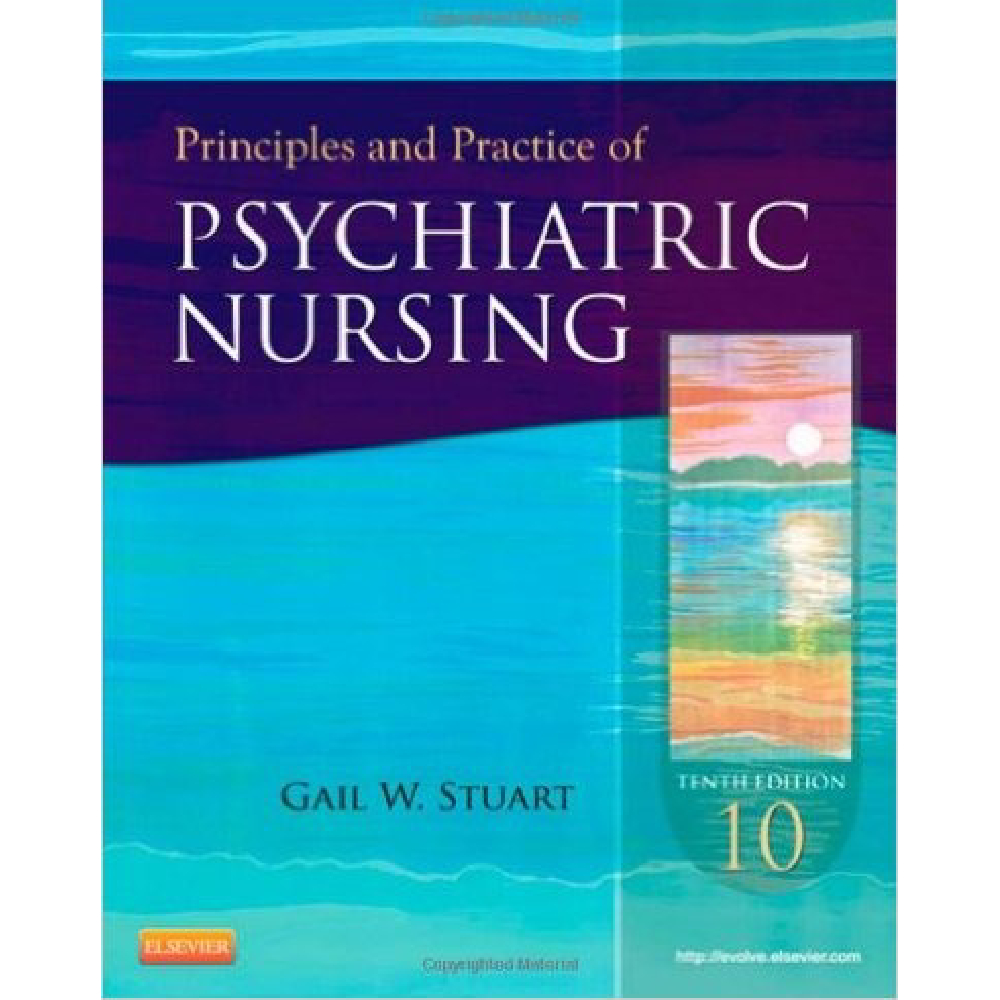Chapter 11: Implementing the Nursing Process: Standards of Practice and Professional Performance
Test Bank
MULTIPLE CHOICE
1.A nurse teaching a patient about the effects and side effects of the prescribed medication bases the plan on the knowledge that learning is more effective when:
a. patients are actively included in the process.
b. topics are introduced only when the patient expresses an interest.
c. nurses establish realistic goals for learning on behalf of the patient.
d. patients have responsibility for directing the teaching-learning process.
ANS: A
Learning is more effective when patients participate in the learning experience. By including patients as active participants, the nurse helps restore their sense of control over their life and over their responsibility for their own actions.
DIF:Cognitive Level: ComprehensionREF:Text Page: 152
TOP: Nursing Process: Planning MSC: NCLEX: Health Promotion and Maintenance
2.A nurse interviewed a reluctant patient who answered questions with minimal responses and rarely made eye contact. When documenting baseline data collected in the interview, the nurse should include:
a. interview content only.
b. a description of the process of the interview.
c. both the content and the process of the interview.
d. both factual data about the patient and the nurse’s emotional reaction.
ANS: C
It is important to document both baseline content and process. In addition to the verbal content of the interview, the patient’s nonverbal messages and the nurse’s reactions to the patient give important clues to the patient’s state.
DIF:Cognitive Level: ApplicationREF:Text Page: 150
TOP: Nursing Process: Assessment MSC: NCLEX: Psychosocial Integrity
3.While gathering a baseline history about a patient, a nurse is told by a team social worker that the patient “acts weird and has bad hygiene.” The nurse’s responsibility is to:
a. accept the data without question.
b. form impressions based on data personally gathered.
c. document the impression of the team social worker.
d. discuss the social worker’s impression with the patient.
ANS: B
In using information from secondary sources, nurses should not simply accept the assessment of another health care team member; instead, they should apply the information they obtain to their nursing framework for data collection and formulate their own impressions and diagnoses. This brings another perspective to the work of the health care team and promotes an unbiased receptivity to patients and their problems.
DIF:Cognitive Level: ApplicationREF:Text Page: 152
TOP: Nursing Process: Assessment MSC: NCLEX: Psychosocial Integrity
4.To obtain the clearest clinical information about a patient, a nurse who used several secondary sources, including the patient’s spouse and the report of the admitting psychiatrist, will seek validation from:
a. the patient.
b. psychiatric nursing textbooks.
c. the patient’s extended family.
d. the use of psychiatric behavioral rating scales.
ANS: A
Patients should be regarded as a source of validation.
DIF:Cognitive Level: ApplicationREF:Text Page: 150
TOP: Nursing Process: Assessment MSC: NCLEX: Psychosocial Integrity
5.If physicians wish to understand the nursing equivalent of the medical DSM-IV-TR, they should seek an understanding of the:
a. nursing diagnoses.
b. nursing process.
c. behavioral rating scales.
d. computerized medical records.
ANS: A
A medical diagnosis is the health problem or disease state of the patient. Nursing diagnoses identify patterns of response to actual or potential psychiatric illnesses and mental health problems. Nursing diagnoses proceed from inductive and deductive reasoning, logical decision making, knowledge of normal parameters, and sociocultural sensitivity.
DIF:Cognitive Level: ApplicationREF:Text Page: 152
TOP:Nursing Process: Analysis
MSC: NCLEX: Safe, Effective Care Environment: Management of Care
6.Which goal should be given the highest priority?
a. Reduction of anxiety
b. Alleviation of depression
c. Enhancement of self-esteem
d. Protection from self-destructive impulses
ANS: D
Patient safety is always of paramount concern. After safety for the patient has been established, other goals of treatment can be effectively addressed.
DIF:Cognitive Level: ApplicationREF:Text Page: 156
TOP: Nursing Process: Planning MSC: NCLEX: Psychosocial Integrity
7.A nurse who is new to the mental health setting is having difficulty writing meaningful outcome criteria. The nurse’s mentor should suggest which source to best assist the nurse?
a. Nursing Outcomes Classification (NOC)
b. Nursing Interventions Classification (NIC)
c. North American Nursing Diagnosis Association International (NANDA-I)
d. Diagnostic and Statistical Manual of Mental Disorders, ed 4, text revision
(DSM-IV-TR)
ANS: A
NOC stands for Nursing Outcomes Classification. The outcomes listed can serve as models for nurses.
DIF:Cognitive Level: ApplicationREF:Text Page: 153
TOP:Nursing Process: Outcome Identification
MSC: NCLEX: Safe, Effective Care Environment: Management of Care
8.Which is a well-written short-term goal for a socially withdrawn patient who tells a nurse of a wish to reduce social isolation? By day 2, the patient will:
a. express desire to go shopping.
b. participate in one unit activity.
c. become more independent.
d. be more outgoing.
ANS: B
Short-term goal statements should be specific, measurable, attainable, current, adequate, and mutually accepted. The correct option includes a timeframe as well as meeting the existing criteria for a short-term goal. “More outgoing” and “more independent” are not measurable. Expressing a desire to go shopping is a statement rather than an action.
DIF: Cognitive Level: Application REF: Text Pages: 153-154
TOP:Nursing Process: Outcome Identification
MSC: NCLEX: Psychosocial Integrity
9.A patient is admitted with a diagnosis of bipolar disorder, manic phase, and displays extreme hyperactivity, agitation, talkativeness, and emotional lability. Which is the highest priority nursing diagnosis?
a. Risk for injury related to extreme hyperactivity
b. Disturbed thought processes related to manic state
c. Impaired social interaction related to excessive verbalization
d. Impaired sensory perception related to biochemical alterations
ANS: A
This nursing diagnosis deals with patient safety, a primary concern for the psychiatric nurse caring for a patient exhibiting symptoms of mania.
DIF:Cognitive Level: ApplicationREF:Text Page: 152
TOP: Nursing Process: Analysis MSC: NCLEX: Psychosocial Integrity
10.A nurse is working with a patient with depression. To best help the patient translate insight into action, a major nursing challenge will be to:
a. promote self-care activities.
b. consult appropriate resources.
c. build adequate incentives to change.
d. identify ineffective behavior patterns.
ANS: C













Reviews
There are no reviews yet.